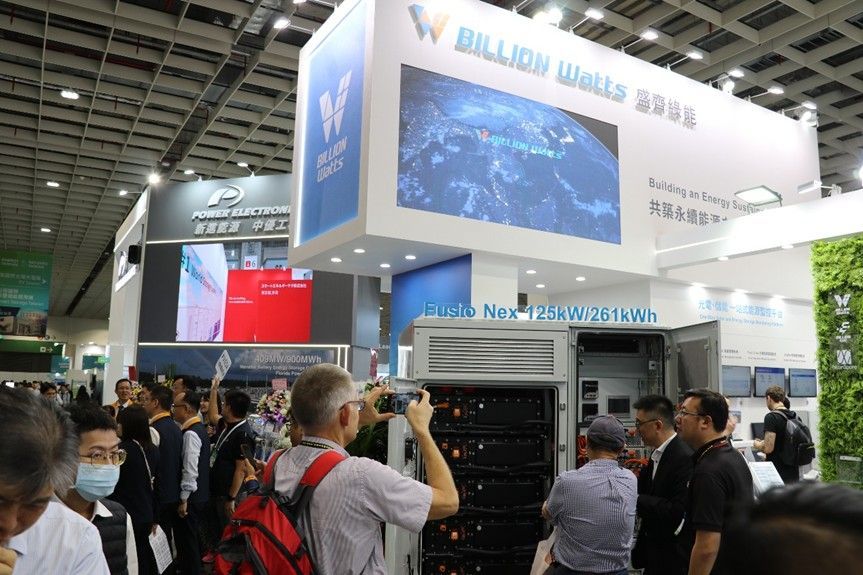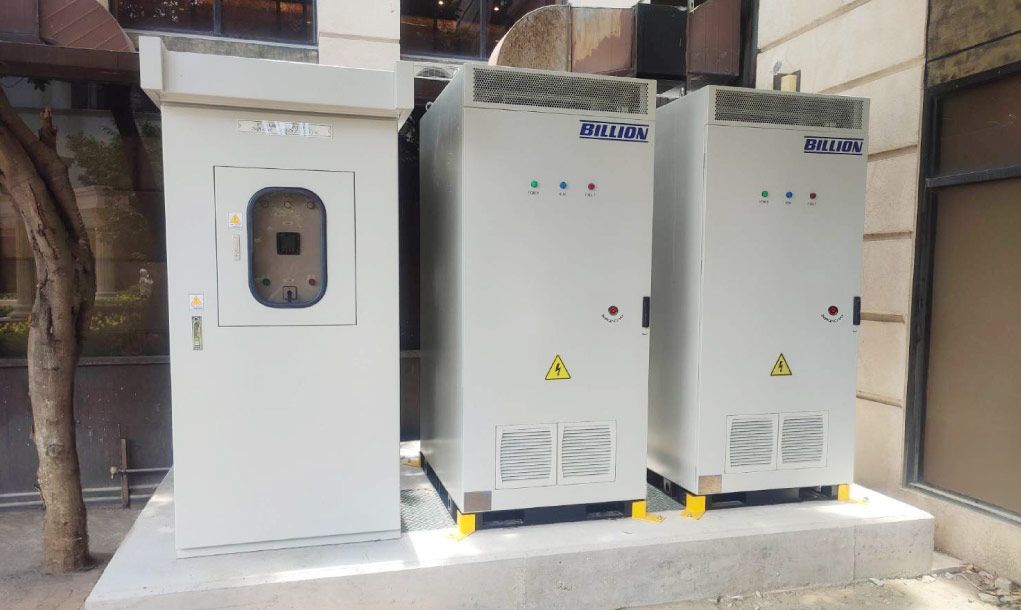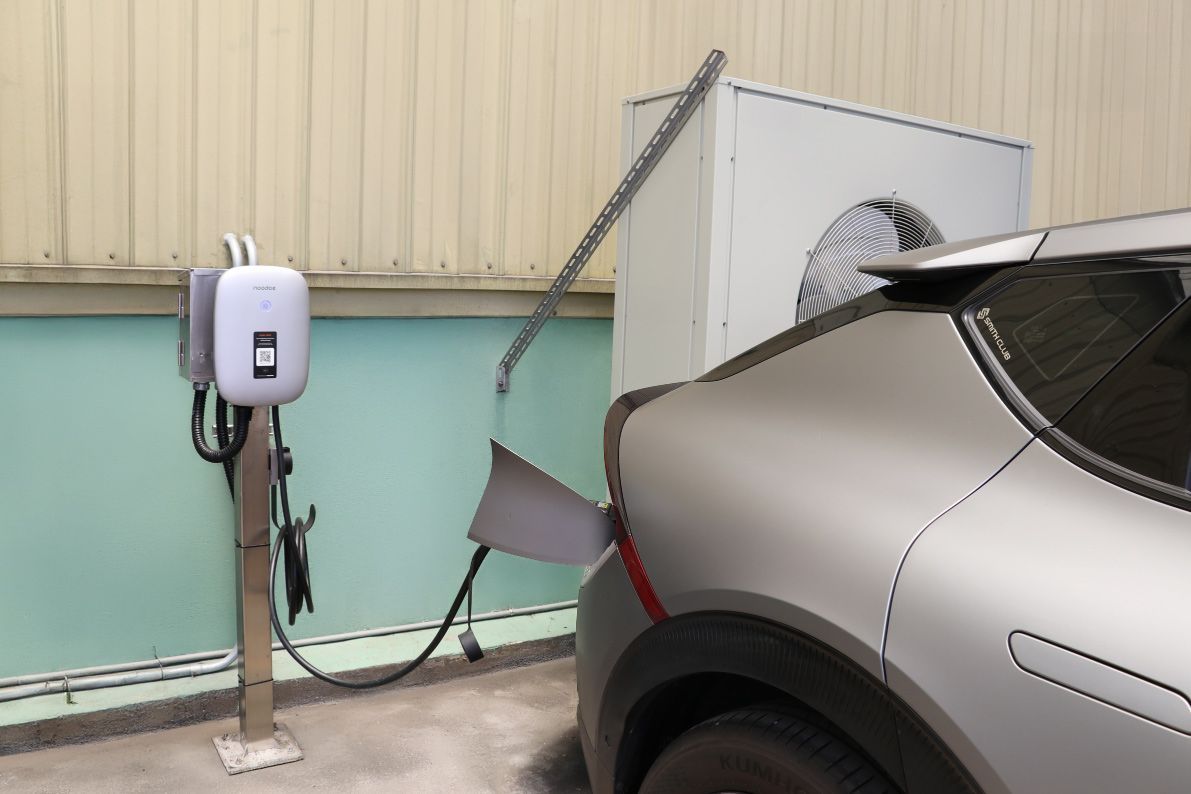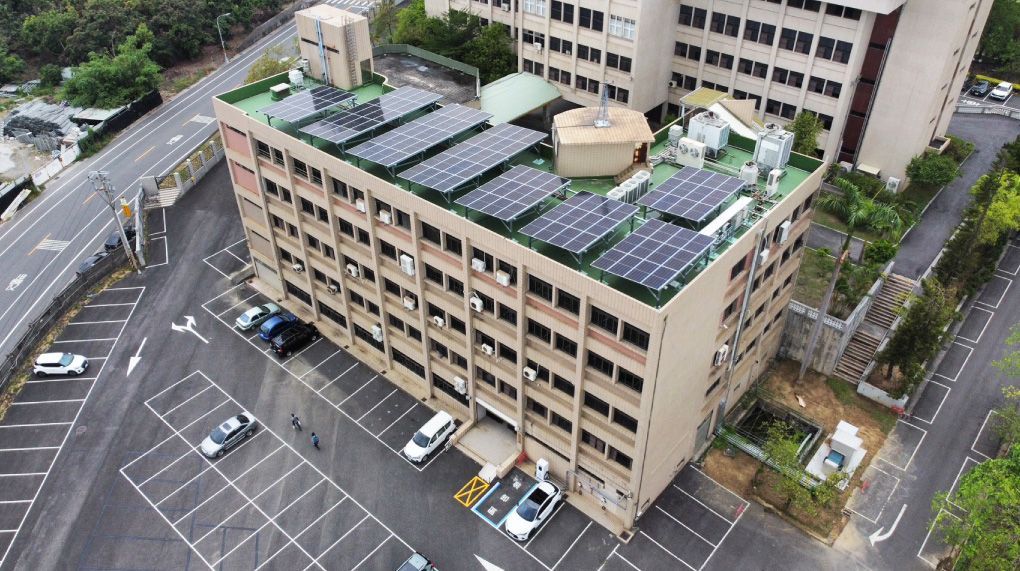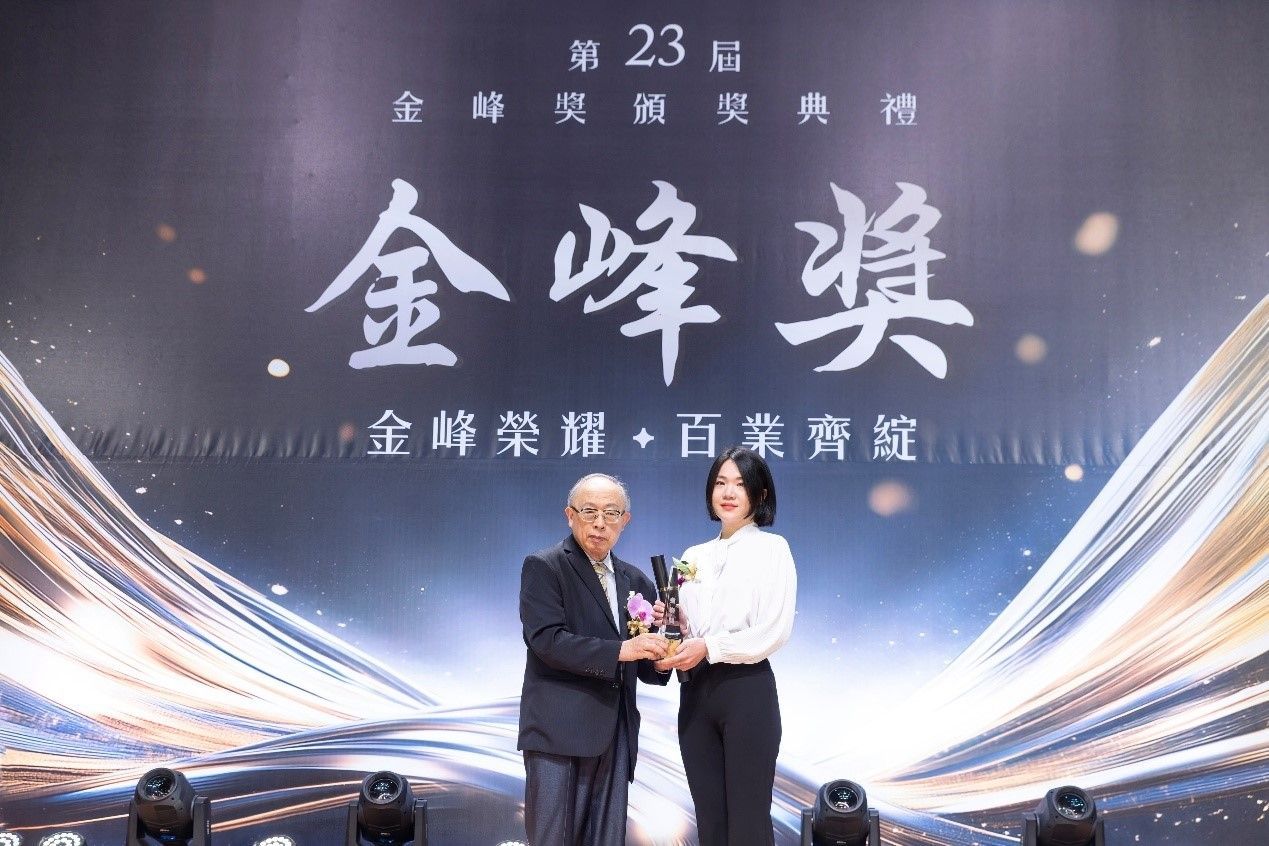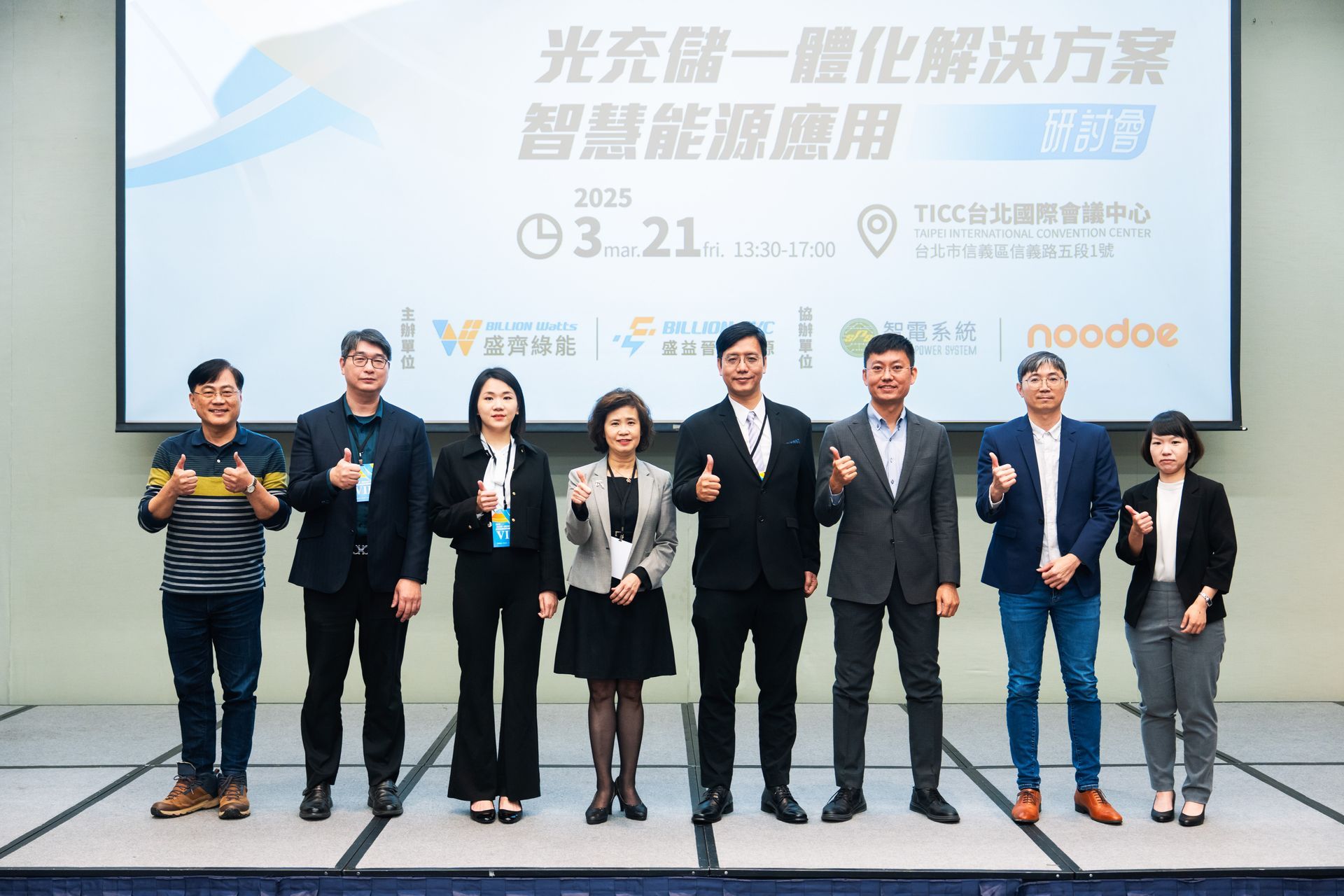Billion Watts Statement
2024 Jun 17
Recently, a fire incident occurred in New Taipei City, suspected to have been caused by an accident related to the charging of "consumer application lithium batteries." This incident has raised concerns among the public regarding the safety of lithium batteries used in the energy storage project under construction in Douliu, Yunlin. In response, our company hereby clarifies and provides the following explanation:
Lithium batteries are one of the most widely used energy storage devices on the market today. They are the most widely applied and stable type of rechargeable battery, and are classified into three categories based on their application scenarios: "consumer batteries," "power batteries," and "energy storage batteries." In terms of application, "power batteries" are mainly used in electric vehicles, electric bicycles, and other electric tools as mobile power sources, with high-power charging and discharging (1-3C) for vehicle use, requiring higher energy density. In contrast, the majority of current grid-level stationary energy storage systems, both domestic and international, do not require mobility and function through slow charging and discharging (0.5C-1C) to achieve energy transfer. This energy storage facility is built in accordance with regulations such as the Ministry of Economic Affairs’ Energy Bureau’s grid-connected energy storage system installation and safety guidelines, the Ministry of the Interior’s Fire Department’s guidelines for improving fire safety management of energy storage systems, and the Ministry of Economic Affairs’ Bureau of Standards, Metrology, and Inspection’s verification system for outdoor grid-connected lithium battery energy storage systems. The scale and safety standards meet the highest national requirements.
The project utilizes a highly secure, globally recognized energy storage system brand, achieving international safety certifications such as UL 9540 and IEC 62933-5-2 for the complete system. It also meets the UL 9540A fire testing requirements, as well as the relevant regulations of the National Fire Protection Association (NFPA 855) and the International Fire Code (IFC). The system carries no risk of fire propagation, with all components and the complete system adhering to both international safety standards and local regulations in Taiwan.
The energy storage system in this project adopts a water-cooled battery design that meets the highest global standards, including the "UL9540A Large-Scale Fire Resistance Test." The system uses a water circulation system to lower the temperature of the batteries. It also complies with the guidelines set forth in the "Fire Safety Management Guidelines for Energy Storage Systems," which specify that the external wall of the energy storage system or equivalent facilities should maintain a safety distance of 30 meters from adjacent buildings or other locations. The "external wall" is defined as the point of origin of fire radiation or flames from the energy storage system. If the system is installed in a container or similar enclosure, this container may be considered equivalent to an external wall for calculating the safety distance from nearby locations.
The fire protection regulations require the installation of a firewall with a fire resistance rating of 2 hours (a thickness of 10 cm is sufficient). In this project, a reinforced concrete firewall with a thickness of 25 cm, 2.5 times the required thickness, has been constructed. Additionally, the site has been equipped with an anti-leakage embankment, sprinkler systems, firewater storage tanks, and dedicated fire extinguishers for lithium batteries, all in accordance with the "Fire Safety Equipment Installation Standards for Various Types of Locations." The project uses fire safety equipment approved by the Fire Department. The design plans and calculations have been prepared and certified by a fire safety engineer, who has also provided a fire protection plan. Coordination with local fire departments for emergency response planning and the annual inspection of fire safety equipment are also in place.
The New Taipei City fire incident, based on the current investigation, has been identified as involving "consumer batteries" rather than "energy storage batteries." As for concerns regarding the Douliu energy storage site, the specialized fire extinguishers installed there are designed for lithium battery fires, utilizing a new fire suppressant formula. In the event of battery overheating, the fire response follows the Fire Department's standard operating procedures (SOP) for firefighting. The most effective firefighting method involves continuously spraying large amounts of water to dissipate heat and lower the temperature, reducing and preventing thermal runaway in the battery cells. According to calculations by fire technicians, the site is equipped with an 80-ton firefighting water tank and pump system for sprinkler use, along with 24/7/365 battery temperature monitoring. The system includes automatic fault isolation, multi-level monitoring mechanisms, and regular inspections, ensuring the safety of the equipment.
Billion Watts calls on all sectors to avoid using statements that could mislead the public, cause unnecessary panic, or are unrelated to the current case, as such actions could harm the reputation of renewable energy developers. We urge understanding and joint support for national renewable energy policies to provide the public with a better electricity environment.


